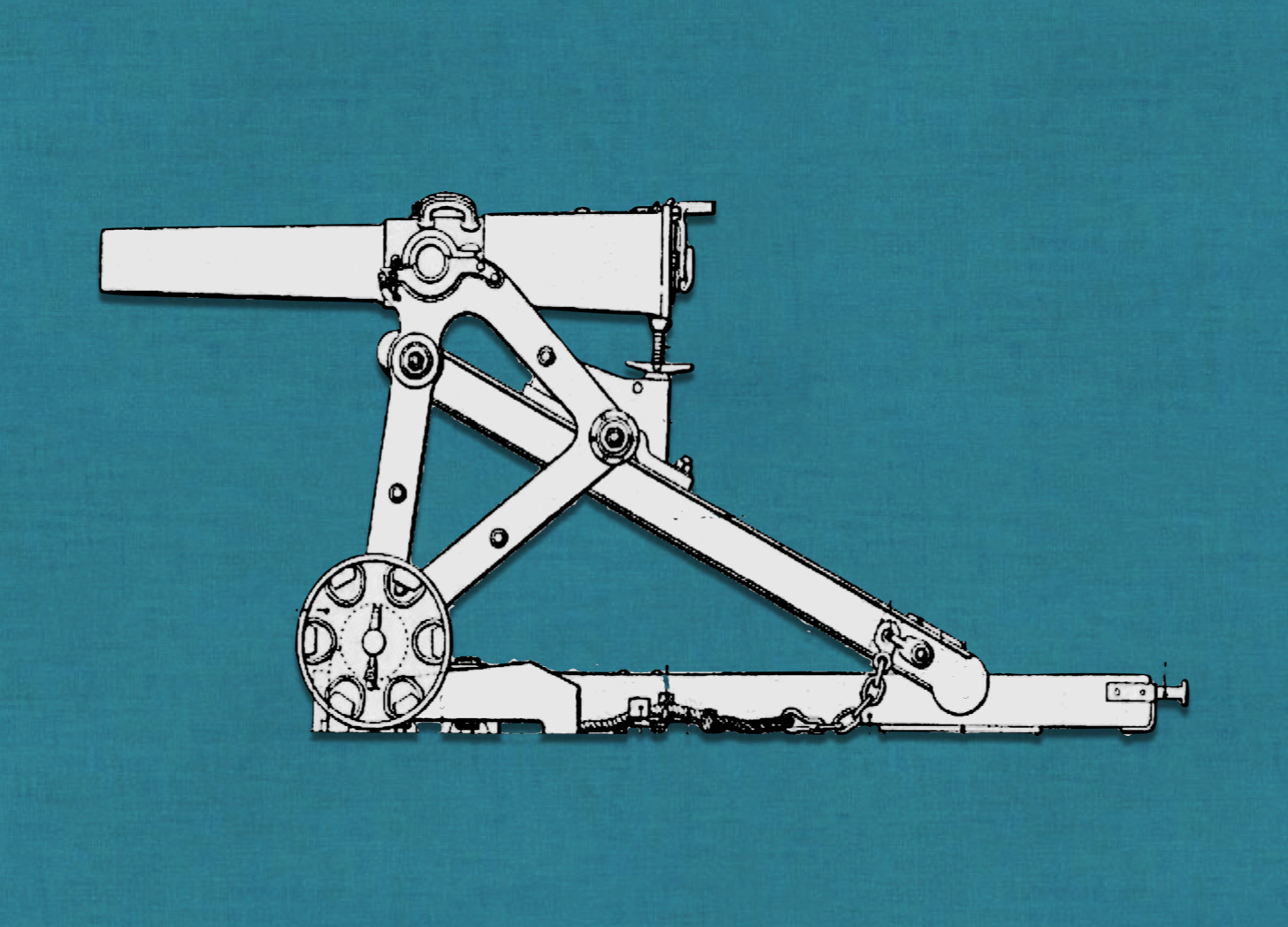The Metric 12-Pounder
Victorian Artillery
Though France adopted the metric system in 1795, several decades passed before it was fully embraced by French society as a whole. Thus, in 1853, when the French ordnance authorities standardized the gun-howitzer designed by Louis Napoleon Bonaparte, they called it the “12-pounder gun-howitzer” (canon-obusier de 12 livres) and not the “6-kilogram gun-howitzer.” (This designation was often abbreviated as “canon de douze.”)
In 1859, the advent of rifled field pieces threatened to sweep the 12-pounder into the proverbial dustbin of history. To prevent such an embarrassment to the designer of the piece, who had since become Emperor Napoleon III, and to make good use of a stock of weapons not yet ten years old, the ordnance authorities decided to convert the smoothbore 12-pounders into rifled 24-pounders. (The cylindrical shells fired by a rifled field piece weighed twice as much as the spherical projectiles shot by a smoothbore weapon of the same caliber.)
The project to rifle the emperor’s gun-howitzers coincided with a nation-wide push to promote the use of the metric system. Thus, rather than christening the new weapon as the “canon de 24 livres,” the French ordnance authorities decided to call it the “canon de 12 kilogrammes.” (A kilogram was the exact equivalent of two French pounds of the time.) Thus, the updated canon de douze was able to retain the moniker of the original Napoleon 12-pounder.
The rifled canons de douze served in in Mexico in the 1860s and in France in 1870 and 1871. When, in the 1880s, they yielded their place within field armies to steel breechloaders, the bronze Napoleons found new life as a close-defense weapon for fortresses. For this new mission, the ordnance engineers provided the old canons de douze with steel breech-loading mechanisms, thereby allowing their crews to remain behind cover while they fired canister shells, each of which carried 98 oversized musket balls, into the stone-lined ditches of modern forts.
The modified Napoleons were last fired in anger in September of 1914, in the defense of Fort Camp des Romains against an attack by Prussian pioneers and Bavarian infantrymen.
Source: A brief account of the two transformations of the 12-pounder gun howitzer can be found in the textbook of the École Militaire de l'Artillerie, Historique de l'artillerie de l'origine à 1914 (Poitiers: Lithographie de l’École Militaire de l'Artillerie, 1922), page 45. A more extensive treatment is provided by Jules Challéat in his magisterial L'Artillerie de terre en France pendant un siècle. Histoire technique (1816-1919), Volume I.
For Further Reading:








Interesting history, especially since the U.S. kept the smooth bore version for many years. I wonder how the French coped with the erosion of the lands and grooves in a bronze cannon tube? Certainly canister rounds do not need them.